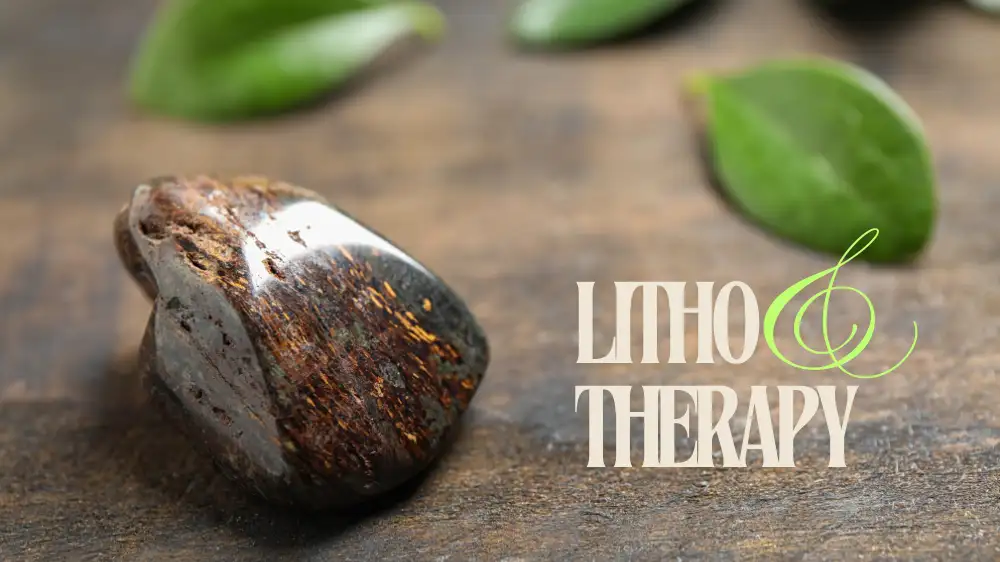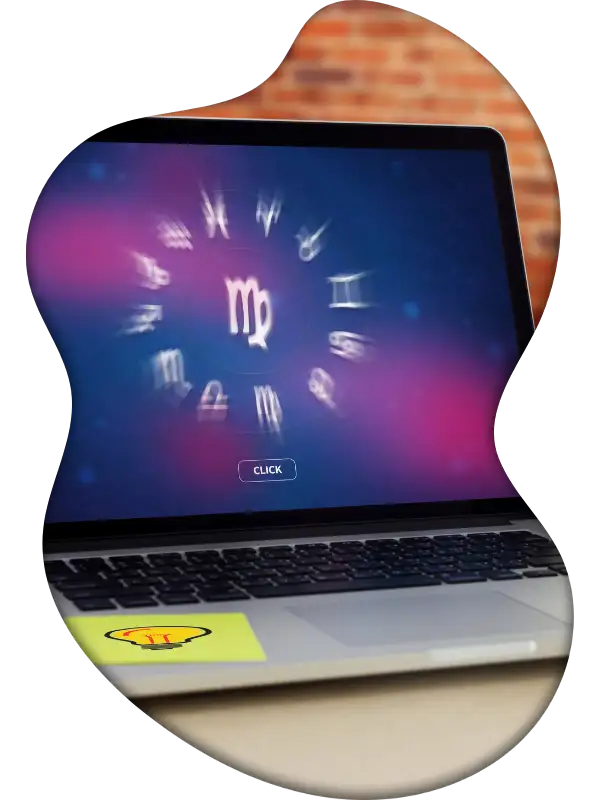Gem astrology is a specialized branch of astrology that utilizes gemstones and minerals to correct astrological influences.
The main principle is that at certain periods, planets exert either destructive or creative influences on various aspects of life. By knowing this in advance, one can select stones that correspond to the energy of specific planets to neutralize negative influences or enhance the positive effects of celestial bodies.
Lithotherapy, in turn, focuses on using stones for healing. It is believed that each organ is connected to a specific planet, and when planetary influence negatively affects an organ, it can disrupt its function. To restore balance, stones corresponding to the necessary planet are used. Lithotherapy also considers the connections between stones and planets.
But the question arises: which planet governs, say, a diamond? There are at least two opinions—Sun and Saturn. Which one is correct? Let's find out.
[toc]
Stones and Planets
First and foremost, it is important to understand that a stone may be governed by more than one planet. Two planets can be associated with a single stone if there is an astrological "resonance" between them. But how do planets interact with each other?
There are two types of planetary correspondences—sympathy and antipathy. You can learn more about this in this article.
To avoid memorizing these correspondences, I have prepared a small table:
| Planet | Allies by Sympathy | Allies by Antipathy |
|---|---|---|
| Sun | Mars | Saturn, Venus |
| Moon | Jupiter, Venus | Saturn, Mars |
| Mercury | No planets | Jupiter, Venus |
| Venus | Moon, Saturn, Jupiter | Mars, Sun, Mercury |
| Mars | Sun, Saturn | Venus, Moon, Jupiter, Saturn |
| Jupiter | Moon, Venus | Mercury, Mars, Saturn |
| Saturn | Mars, Venus | Moon, Jupiter, Mars, Sun |
As you can see, in some cases, planets can be allies in both sympathy and antipathy. It is important to note that these planets work "in conjunction."
[promoFreeCourse]
How Do Stones and Planets Relate in Lithotherapy and Gemmoastrology?
The main principle of matching stones and planets in gem astrology is the color of the stone. However, additional characteristics of the stone are also considered, such as:
- Light refraction;
- Hardness;
- Presence of chemical elements, etc.
If all (or most) of the stone’s characteristics correspond to one planet, the stone is considered to carry a pure planetary essence. If a stone corresponds to one planet by primary attributes (e.g., color) but to another by physical properties, it is considered to have a mixed essence.
Examples of Dual Stone Governance
Let’s take the diamond as an example. On one hand, its color and uniqueness correspond to the Sun. But due to its hardness, it is also associated with Saturn. Therefore, both the Sun and Saturn govern the diamond, and there is no contradiction between lithotherapy schools. Both positions are valid.
Notice that the Sun and Saturn are connected by the principle of antipathy.
Another example is the ruby. Its deep red color corresponds to Mars, but its special optical effect (asterism) links it to the Sun. Thus, the ruby is governed by two planets—Mars and the Sun. Moreover, Mars and the Sun are allies by sympathy.
One more example is amethyst. Its violet color combines blue (Jupiter) and red (Mars), making it a stone with dual governance—Jupiter and Mars. Again, these planets are linked by the principle of antipathy.
As you can see, planetary energies in stones are not mixed randomly but follow the principles of sympathy and antipathy.
Stone Reference Guide
For reference, check the descriptions of stones associated with:
[promoFreeCourse]
How Lithotherapy Uses Dual Stone Governance
Sometimes, planetary energies need to be "mixed" for therapeutic purposes. For example, to alleviate hangover syndrome, an antitoxic effect is required for the blood and liver. Blood and liver are governed by Jupiter, while immunity and toxin elimination are controlled by Mars. Therefore, you need a stone that combines the energies of Jupiter and Mars. In this case, amethyst is suitable, as it is known for its anti-hangover properties.
Note: Medieval monks actively used amethyst to relieve symptoms. According to some sources, they placed amethyst on the stomach, while others suggest they infused water with amethyst. This property of the stone was discovered purely experimentally.
Another example is epilepsy. In medical astrology, this condition is associated with a weakened Moon, which disrupts brain function. However, strengthening a debilitated Moon is impossible—due to its weakened state in the horoscope, it may cause even greater imbalance in brain function. Instead, its allies can be used for support.
The Moon has two strong allies—Jupiter and Mars. Therefore, to reduce the frequency and intensity of epileptic seizures, stones associated with Jupiter and Mars, such as amethyst, are suitable. Interestingly, this healing property of amethyst has been known since ancient times.
What Is the Process for Selecting a Stone?
Option 1. Lithotherapy
An astrologer uses medical horoscopes (so-called decumbiture charts or medical horaries) to determine which planet corresponds to the disease. It is believed that negative planetary influence can cause dysfunction in a specific organ.
The astrologer’s task is to harmonize the influence of this planet by selecting minerals that correspond to it. These minerals enhance the planet’s energy.
However, if the planet is in a difficult position, strengthening its influence may cause even greater harm. In this case, its allies by sympathy are used, along with stones that correspond to these allies.
In practice, the astrologer will compose a combination of minerals that the patient should wear until symptoms improve.
Option 2. Influencing the Flow of Events
The astrologer first determines which planets influence specific areas of life in a given period. For example, Jupiter in a horoscope may govern marriage, money, and overall health, but at specific times, it may either bring financial gain or worsen health. Its influence becomes specific.
The astrologer’s task is to predict how Jupiter or another planet will act at a given moment.
Then, a combination of stones is selected to enhance positive influence or neutralize destructive planetary effects during their active periods.
[promoFreeCourse]
Conclusion
Gemmoastrology and lithotherapy provide unique methods for influencing our lives by combining ancient knowledge of gemstones and planets. We see how stones can impact health, events, and harmony in life when properly aligned with astrological principles.
However, to truly understand how to effectively use these forces in your life, deep knowledge of astrology is required, including the ability to read charts, analyze planetary influences, and select the right stones. This requires not only intuition but also a solid astrological foundation.
If you are interested in this field and want to learn how to correctly interpret and apply knowledge of stones and planets to improve your life, then studying astrology is not just an option but a necessary step. In our horary astrology course, you will not only master the basics but also learn to make accurate predictions and use planetary energies and stones for harmonization and healing.
Join us and discover a world where astrology and minerals help achieve balance and harmony.


